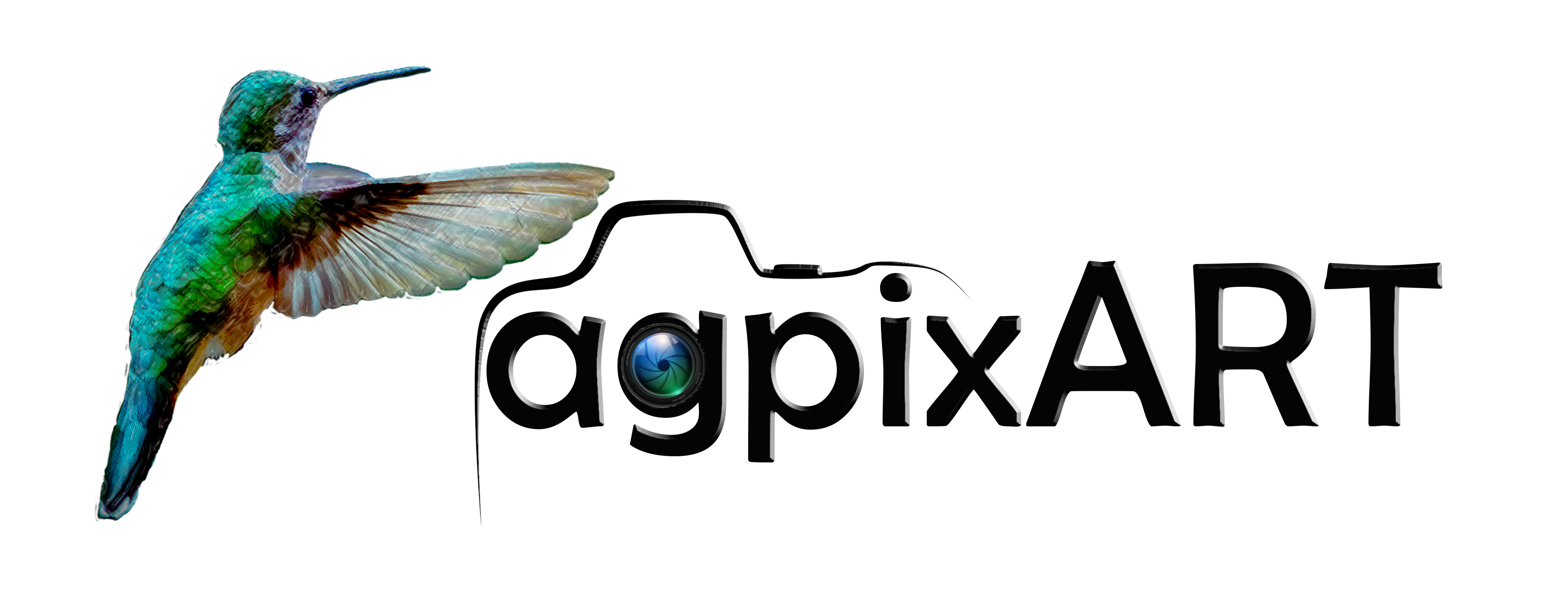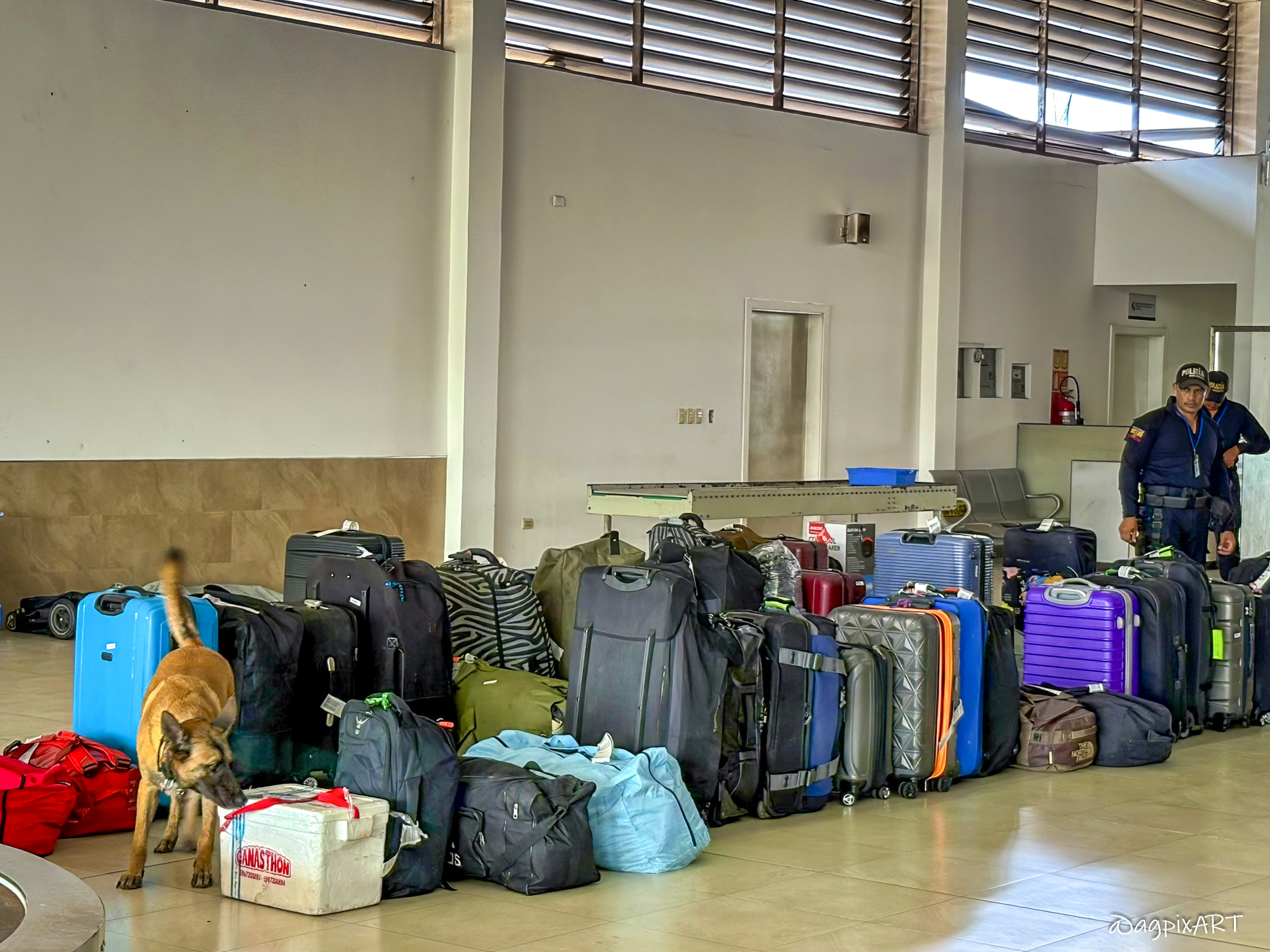San Cristóbal Island
San Cristóbal Island nestled in the eastern Galápagos Archipelago is the fifth largest island and hosts the second largest population. It offers a vibrant blend of stunning coastal beauty and diverse inland ecosystems.
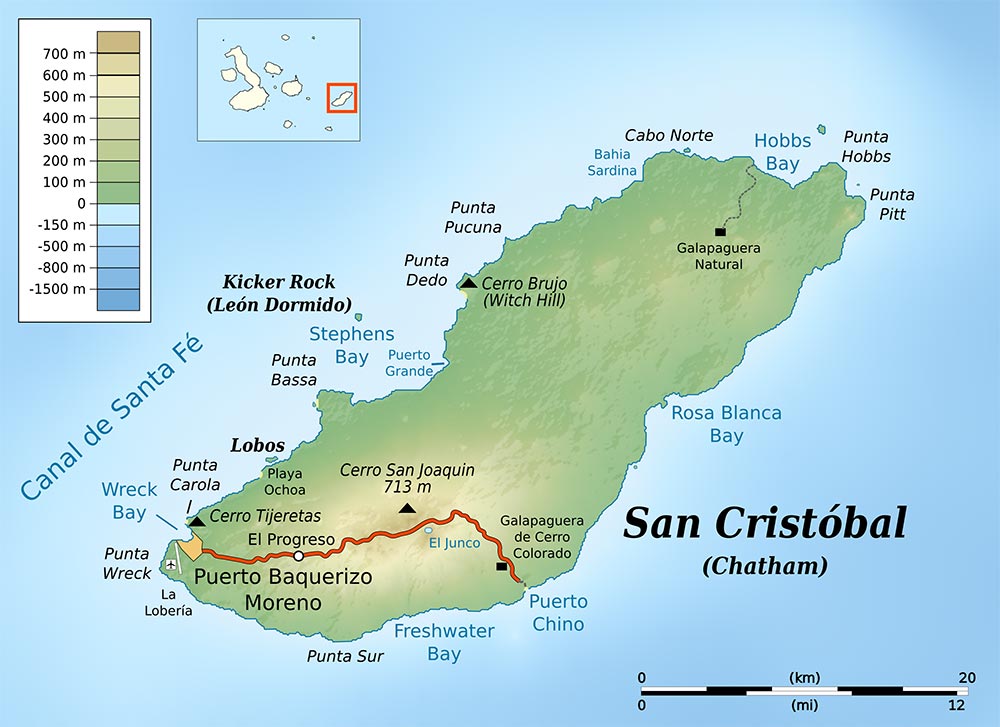
Explore San Cristóbal Island
El Origen del Paraiso
San Cristóbal Island, one of the main inhabited islands in the Galápagos, Ecuador, is known for its unique biodiversity and historical significance. Charles Darwin visited in 1835, and the island hosts the Interpretation Center, detailing the Galápagos’ natural and human history.
The island’s capital, Puerto Baquerizo Moreno, is a major ecotourism hub for visitors and home to a bustling airport, key government offices, a Navy base, and the insightful Galapagos National Park Interpretation Center.
Its pristine beaches and accessible coastal sites, like La Lobería, teem with sea lions and marine iguanas, while iconic Kicker Rock offers world-class snorkeling and diving. Inland, the highlands rise to host El Junco Lagoon, a rare freshwater gem at 700 meters above sea level, cradled amidst lush vegetation and unique birdlife.
From rugged coastlines to elevated forests, San Cristóbal’s varied terrain invites discovery by foot, vehicle, or boat, showcasing the Galápagos’ rich biodiversity and dramatic landscapes.
Good To Know…
Arriving at the San Cristóbal Airport (SCY)
Daily flights from Quito or Guayaquil via Avianca and LATAM arrive at the compact airport, where passengers disembark via steps. At the terminal, TCT card is checked and the Galapagos National Park Entrance fee needs to be paid in cash at the Galapagos National Park entrance desk ($200 per adult and $100 per child).
After that, in the small luggage area passengers need to wait till all bags are lined up and undergo a final biosecurity check to ensure compliance with regulations (by a trained dog) before collecting them.
Taxis (white pick-up trucks) offer a quick, affordable ride to Puerto Baquerizo Moreno, just minutes away. For cruise passengers, guides and yacht representatives await outside to assist with luggage and transfers.
Where-to-Stay
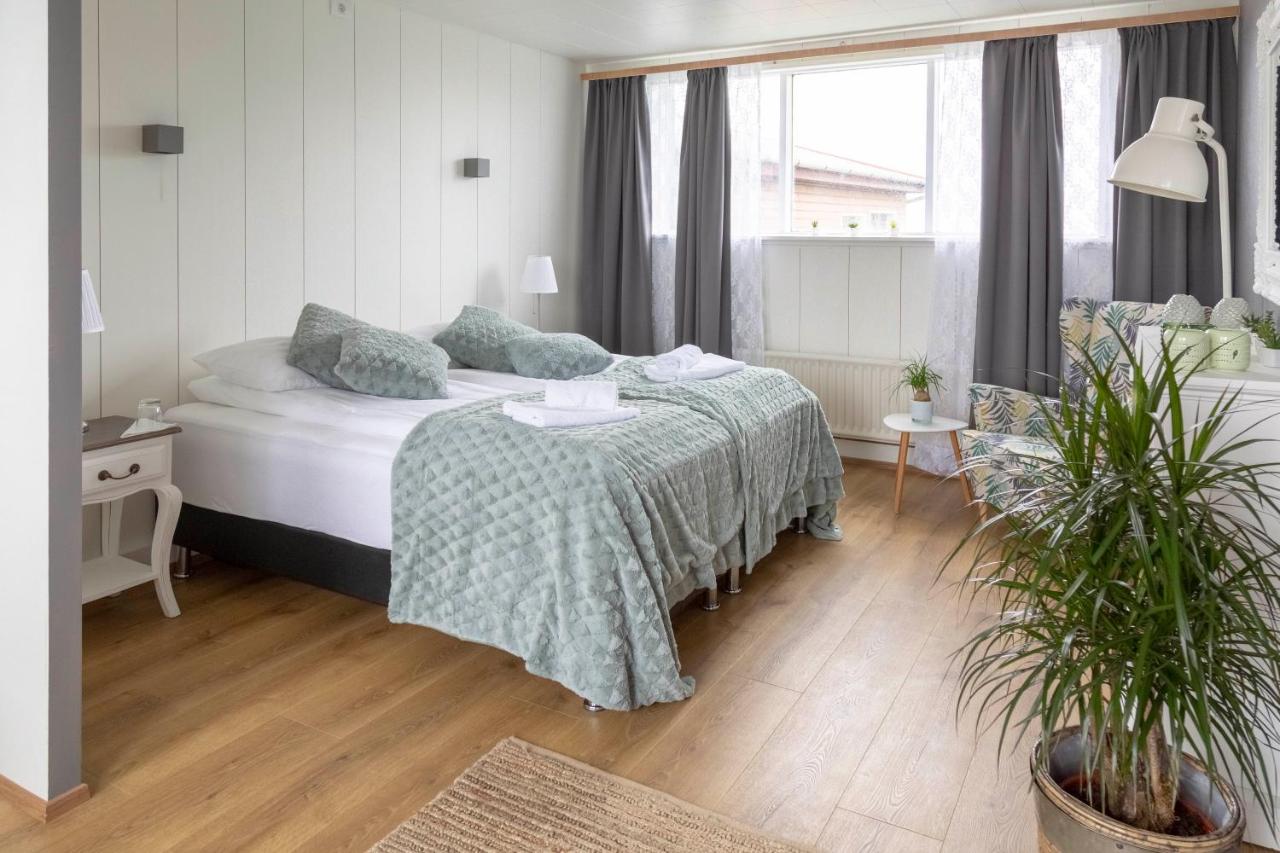
Diving –
Lovely apartment with cozy bedroom and well-equipped kitchen on side. Parking convenient in the front, but steep driveway. Located above a quirky café and nice restaurant next door. Many other options to eat nearby. Friendly and easy check-in.
Apartment
Borgarnes
Where-to-Eat
San Cristóbal’s dining scene, centered in Puerto Baquerizo Moreno, relies heavily on fresh seafood, locally sourced produce, and imported goods, with restaurants adhering to reasonable hygiene standards due to the island’s tourism-driven economy and oversight by the Galápagos National Park and local health authorities. However, the island’s remote location and tropical climate pose some risks, such as inconsistent refrigeration or water quality, which travelers should navigate carefully. Stick to busy, well-reviewed places to minimize risks. Be cautious with salads or unpeeled fruits at smaller establishments unless you confirm they use purified water for washing.
Most restaurants are on or near Charles Darwin Avenue making them easy to reach.
They open for lunch (~12 PM–3 PM) and dinner (~6 PM–9 PM), with some like Giuseppe’s offering breakfast from 7 AM. Check hours, as they vary.
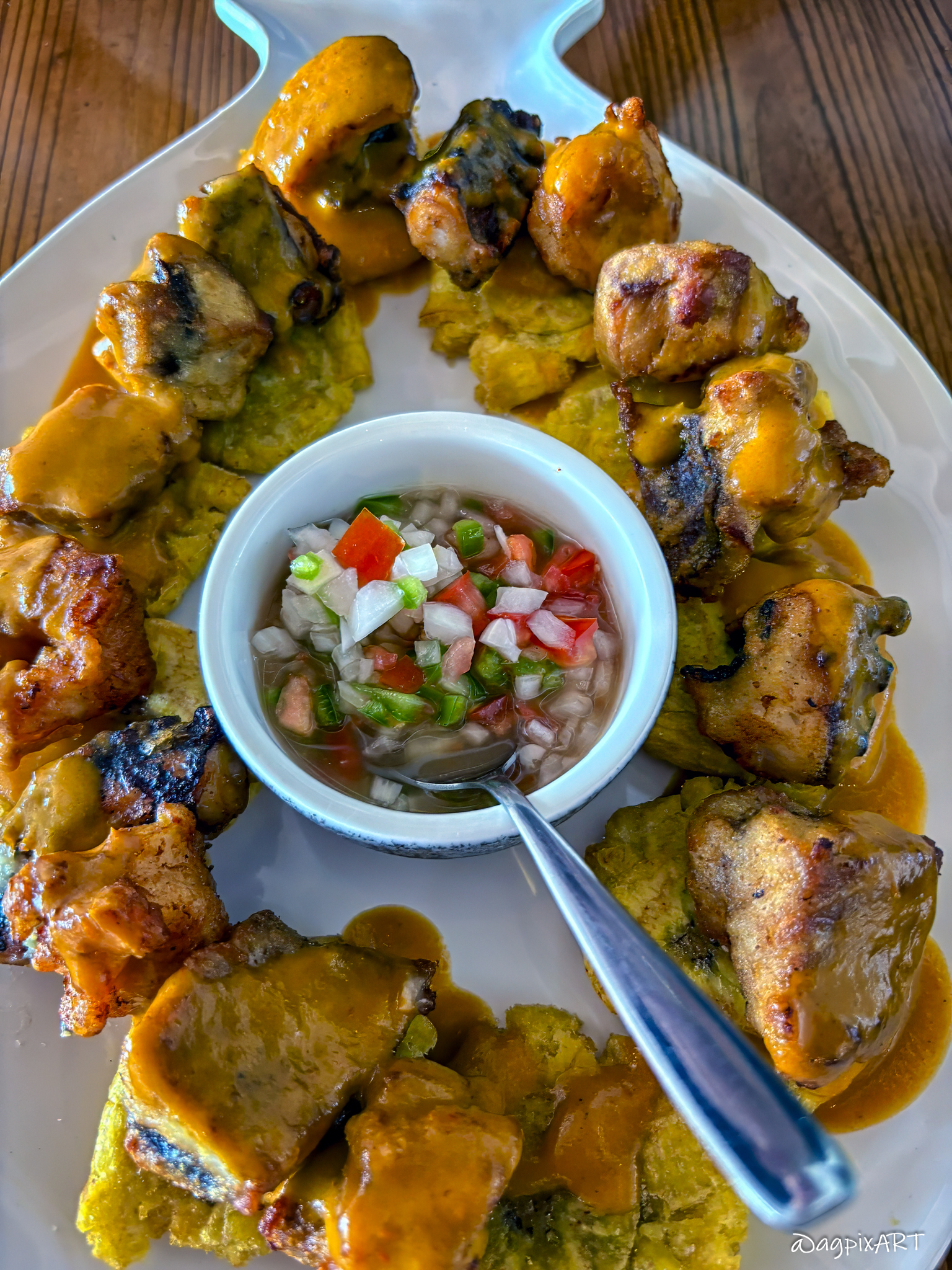
Sea Garden Restaurant
A charming, well-regarded dining option, conveniently located overlooking sea lion beach on Avenida Charles Darwin y 12 de Febrero. It’s an excellent choice for breakfast, lunch, or a relaxed coffee break, with a focus on local Galápagos coffee, fresh dishes and delicious desserts.
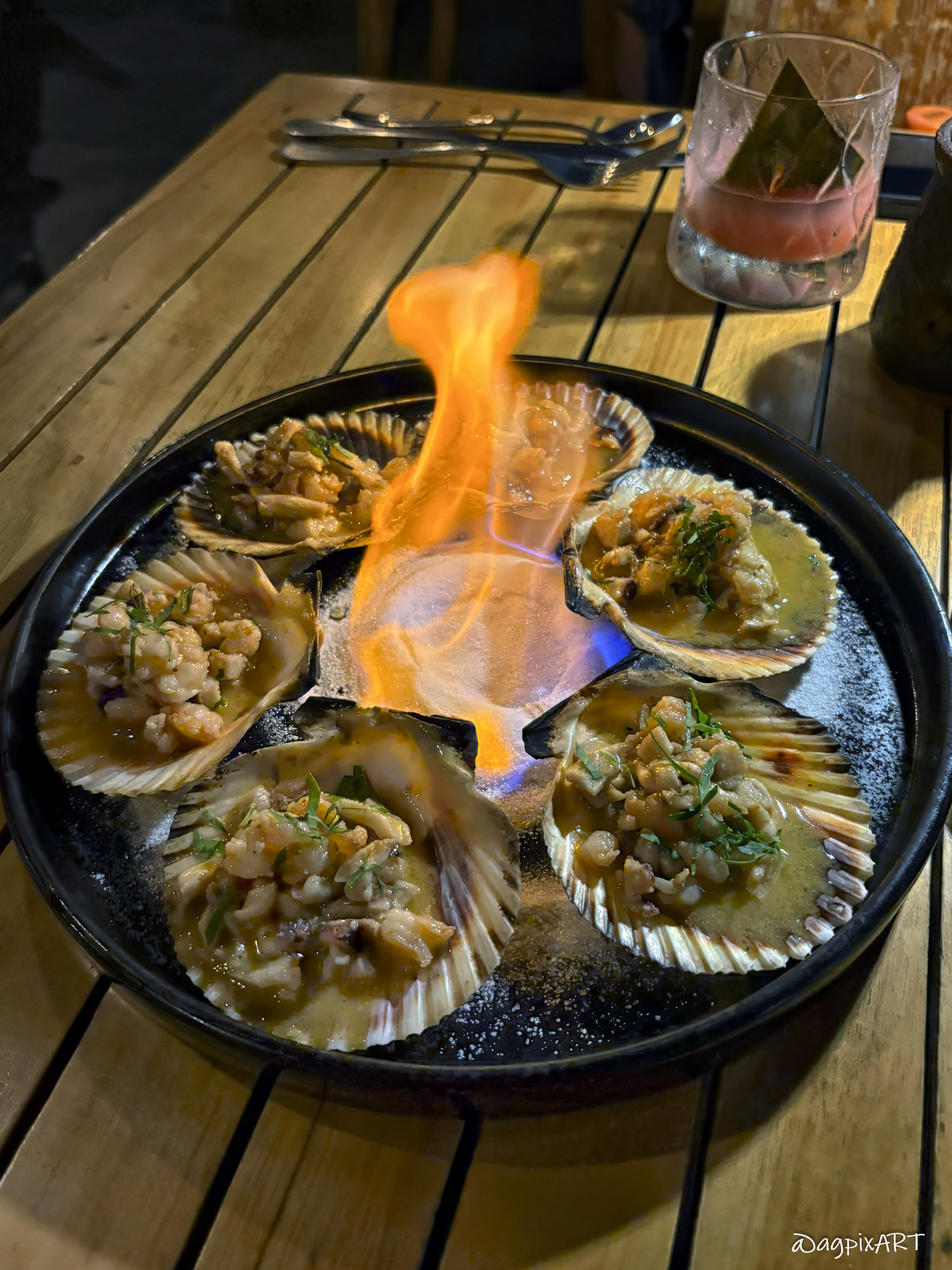
Midori Sushi Pub
Located on Charles Darwin Avenue, this asian fusion cousine restaurant is praised for its fresh sushi, creative cocktails, and stunning harbor views. Uses fresh Galápagos fish since 2014. Offers limited meat dishes as well. The second-floor seating has great harbor views, ideal for sunset cocktails.
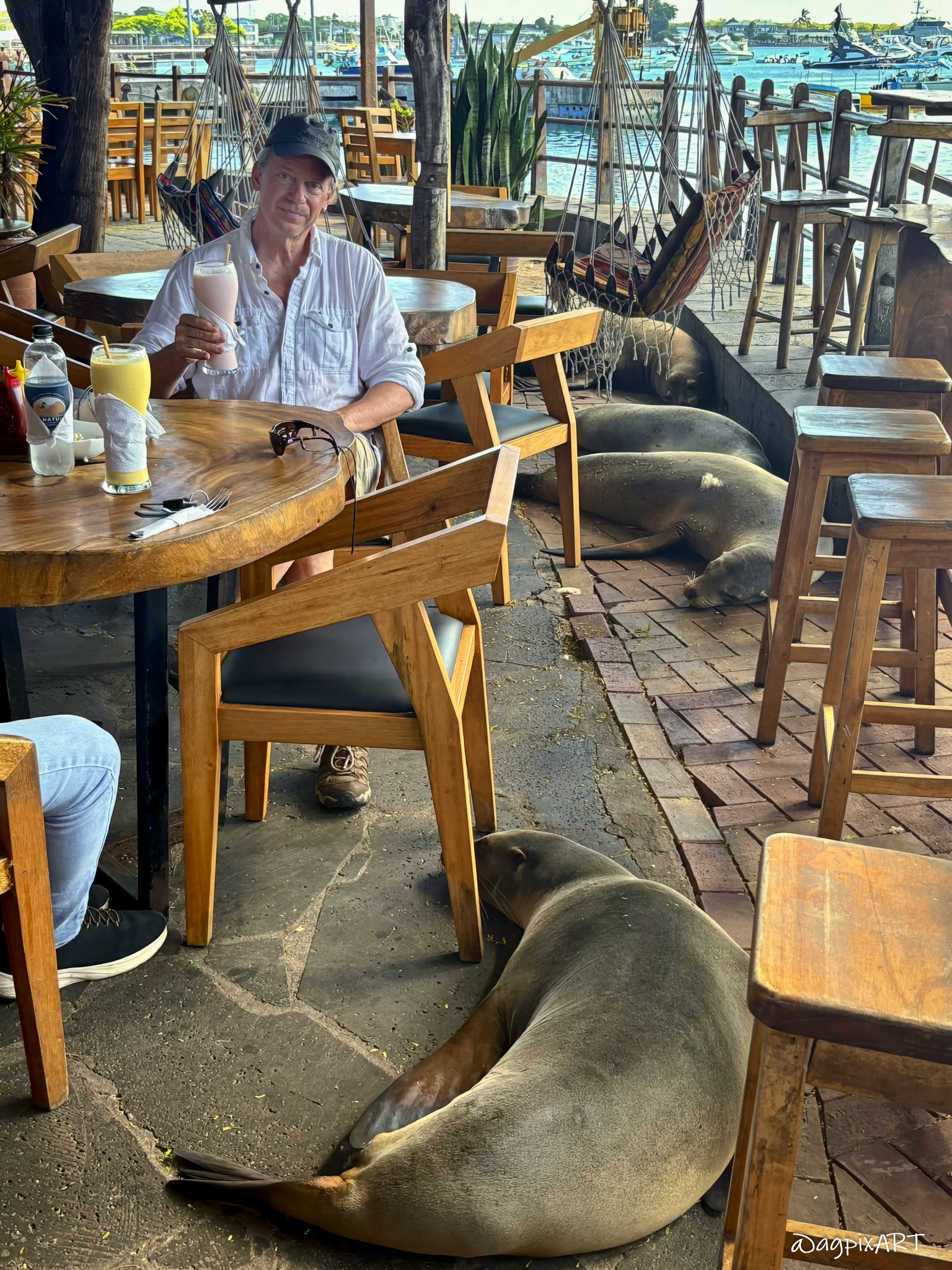
The Pier Galapagos Restaurant & Cevicheria
Located on the north side of Charles Darwin Ave. It is a top-rated spot for fresh seafood like deep-fried scorpion fish, grilled lobster, shrimp, octopus, and a seafood platters. Enjoy fresh smoothies, a relaxed open-air vibe with ocean views, ideal for sunsets and sea lions.
San Cristóbal Island – Attractions, Info & Map
Instructions for photo proofing and comments:
Left-click on the photo to access options for title information (i), leave comment, or mark the photo(s) as the favorite. The option to submit the selected as favorite photos is under “Submit proofs” button under photo gallery.
